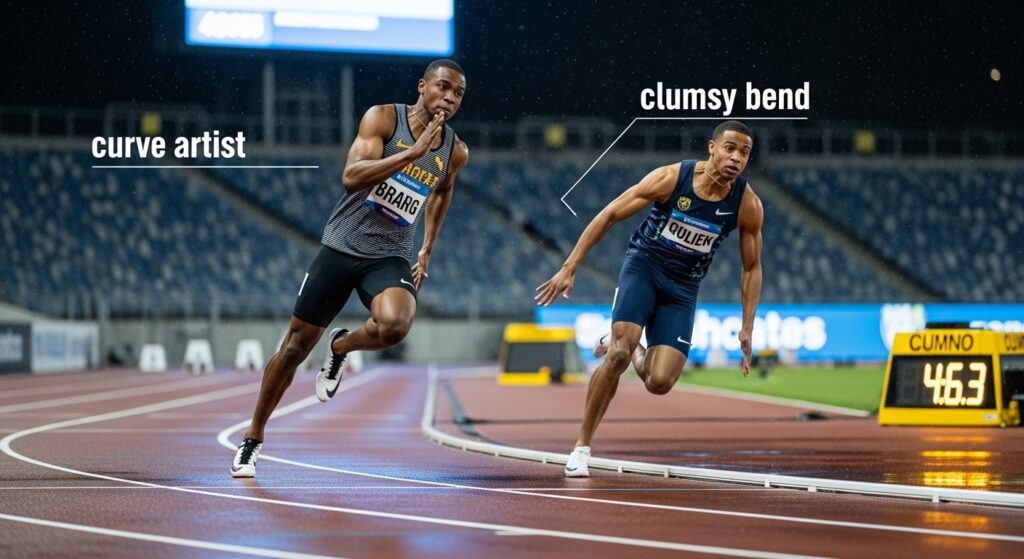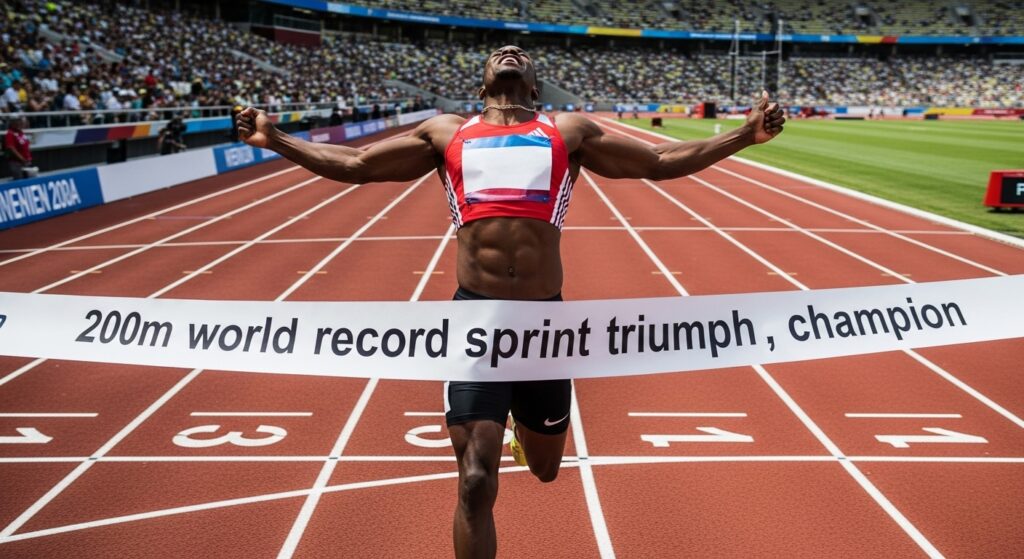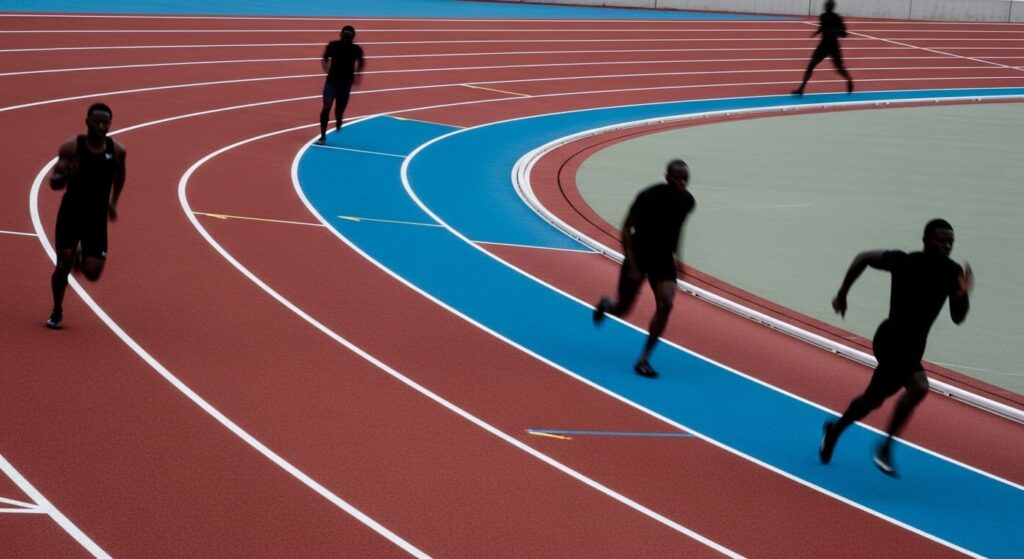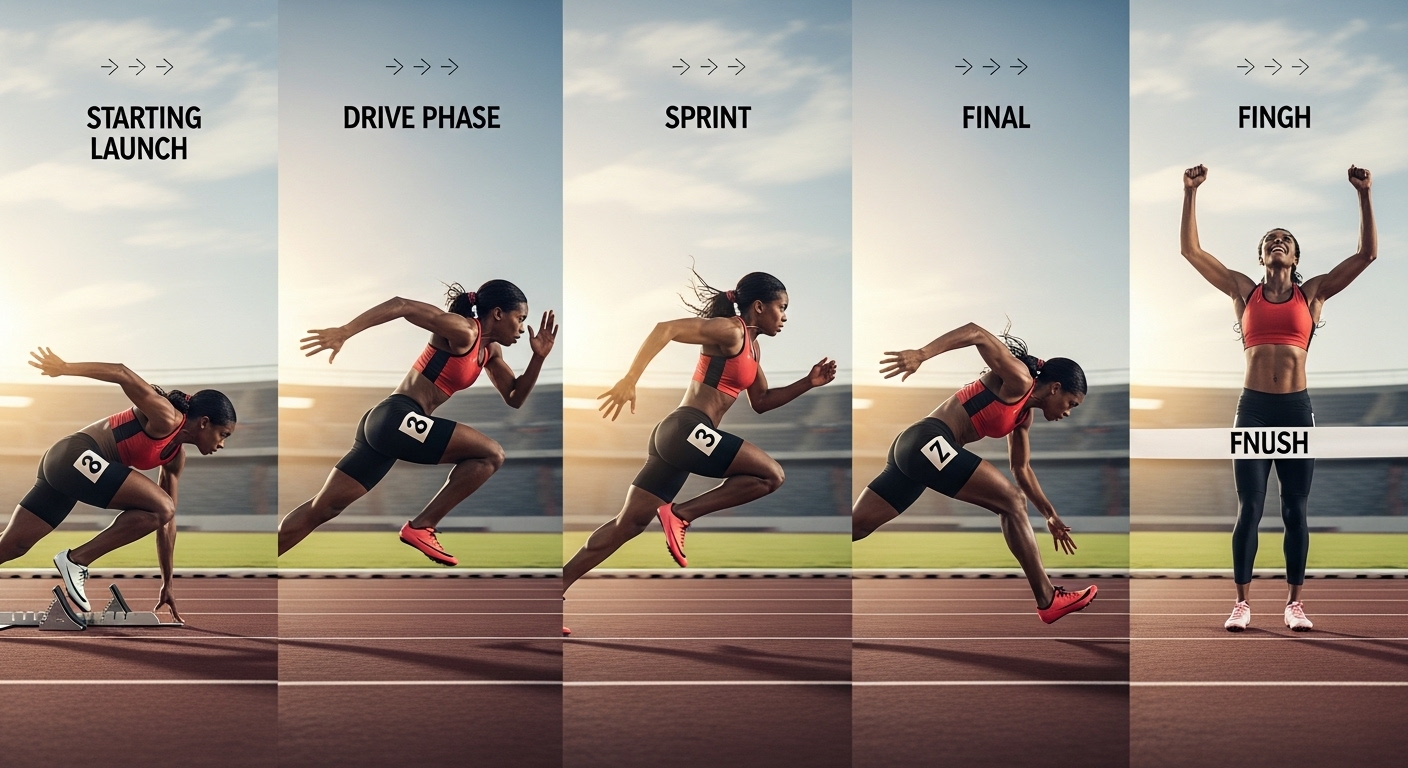As a track nerd who’s coached sprinters and timed more training reps than I’ve had hot dinners (12+ years, for the record), here’s the quick hit: the 200m world record is 19.19 by Usain Bolt, and the women’s mark is 21.34 by Florence Griffith-Joyner. That’s sprinting, bend mechanics, and wind-legal precision all crammed into half a lap. I live for this stuff.
Quick answers you actually want

- Men: 19.19 by Usain Bolt (Berlin 2009). Electric. Historic.
- Women: 21.34 by Florence Griffith-Joyner (Seoul 1988). Still untouchable.
- Legal wind: +2.0 m/s max. Over that and it’s just a fast run, not a record.
- Electronic timing only. No hand timing. This isn’t a high school dual meet.
- Curve matters. The first 120 meters on the bend decide the whole movie.
If you like “official receipts,” the governing body keeps the definitive list. I check it way too often, honestly. You can verify the men’s marks here: World Athletics men’s 200 m records.
The women’s record story is a saga, with a pace timeline that reads like a thriller. If you want to see how the number moved over the decades, this tidy page sums it up well: women’s 200 m record progression. I’ve fallen down that rabbit hole more than once.
What makes a record “real” (not just fast)?
- Wind-legal: +2.0m/s or less. No helpful hurricane, sorry.
- Drug testing: done that day. No tests, no record.
- Certified track and timing: the meet and equipment must be approved.
- No silly altitude loopholes: 200m can benefit a bit from thin air, but it still has to pass all the other checks.
- Reaction time from the gun matters for the clock, but false starts (under 0.10 reaction) get you tossed.
When I track sports trends, I always notice how the 200m responds to seasons with fast tracks, warm weather, and stacked fields. It’s not just one thing. It’s a cocktail: heat, lanes, competition, recovery. Get that right, the times drop.
Yes, the curve is the whole story
I’ve always found that the fastest half-lappers are curve artists. You tilt. You keep hips tall. You don’t fight centripetal force like a baby giraffe. If your bend is clumsy, your straight becomes a rescue mission—and nobody PRs while rescuing themselves.

When I do athlete spotlights on the 200m, I always ask about their bend. The best keep the cadence high without spinning. Smooth arms. Eyes on the line out of the curve. It looks boring until you try it at full speed and realize your insides are in a blender.
Cheat sheet: big times that matter
| Category | Athlete | Time | Year | Note |
|---|---|---|---|---|
| Men | Usain Bolt | 19.19 | 2009 | World record, Berlin |
| Men | Usain Bolt | 19.30 | 2008 | Olympic record, Beijing |
| Men | Yohan Blake | 19.26 | 2011 | Second-fastest, Brussels |
| Women | Florence Griffith-Joyner | 21.34 | 1988 | World record, Seoul |
| Women | Shericka Jackson | 21.41 | 2023 | World Championships, Budapest |
Why these records are so hard to break
- Speed endurance: you need 100m speed, but also the lungs and legs to hold it from 120–200m.
- Lane draw: inside lanes are tight; outside lanes feel endless. Not everyone handles both.
- Schedule chaos: at majors, the 100m and relays drain your legs before the 200m final.
- Weather lottery: too cold, dead air, or a headwind and the clock laughs at you.
I write a bit about this in my crossover notes for folks who follow multi-sport news. Even if you love soccer or hoops, you can appreciate how tiny variables swing a sprint result by 0.1 seconds. That’s a lifetime in this event.
How I coach the 200 m (simple version)
- Acceleration from blocks: 3 x 30 m and 2 x 60 m, full rest. Clean shin angles.
- Curve technique at speed: 3 x 120 m on the bend, float into the straight, walk back recovery.
- Fly sprints: 4 x 30 m fly-ins to touch top speed safely.
- Speed endurance: 2 x 150 m at ~95%, long rest. Form must stay tall.
- Strength: heavy sleds sparingly; mostly power cleans, RDLs, and jumps.
For folks who like event mashups, I’ve even sent 200m kids to a decathlon guide because the training smarts carry over—rhythm, technical patience, and not blowing up after the first curve.
How to watch like a nerd (and enjoy it more)

- Watch the first 5 steps. If they’re sticky, the bend will be messy.
- Look at posture by the 80 m mark. Hips tall = money in the bank.
- At 120m, check for tension. Tight hands = late fade coming.
- From 150m to 200m, count the choppy steps. Big chop = speed endurance leak.
When I rewatch big 200m finals for my match highlights notes, I’m not staring at the clock. I’m watching the last 50m posture. That’s where medals change hands.
The bend vs. the straight: who wins?
In my experience, “bend merchants” can win titles but struggle to hit lifetime bests without a cleaner straight. Meanwhile, pure speed monsters blitz the straight but get gapped on the curve. The freaks? They do both. That’s how you get close to the number everyone whispers about.
If you want stories and profiles that go past the box score, I keep a steady stream of athlete spotlights rolling—how they split the race, how they relax the jaw at 170m, little rituals you’d never notice from the stands.
Is the men’s mark breakable soon?
Short answer: maybe, but conditions have to be perfect. We’ll need a stacked championship final, warm night, clean bend, and nobody doubling too hard earlier in the week. I’ve seen young sprinters toy with 19.3s. But that final hundredth down to 19.19? That’s the tax nobody likes to pay.
When I write about bigger themes around season arcs and new spikes, the sports trends point to more 19.4–19.5 runs. That’s progress. Records fall last.
And the women’s mark?
We’re closer than we’ve been in years. The surge in 21.4–21.6 runs is real. Better race modeling, better therapy, smarter schedules. I keep a folder of splits that would make most coaches nod like bobbleheads.
I’ll drop deeper breakdowns when major meets wrap, usually tucked into my multi-sport news recaps so folks outside track don’t feel lost. Plain English, no coach-speak.
Mini-blogs inside the blog: quick hits
Which lane is fastest?

I like 5 or 6 for a balanced bend. 7 and 8 can feel awkward if you struggle pacing without targets. Inside lanes punish you if your bend mechanics are mid.
How big is wind effect in 200m?
Still matters, but less than the 100m because half the race is on the curve. A legal +1.5m/s tailwind on the straight is perfect. Anything over +2.0? Not record-legal anyway.
What split should I look for?
Very rough: about 10.3–10.5 through 100m for elite men; 11.3–11.5 for elite women, then manage the fade. But splits vary with lanes and tactics.
Could new spikes or tracks be the edge?
They help. But if your hips sink at 150m, no shoe saves you. Form pays the bills.
Do 100 m stars always win the 200m?
Nope. Bend skills and speed endurance can flip the script. Some 200m specialists eat in majors.
I keep a running log of my favorite 200m races and slow-mo takes bundled under match highlights. Watch enough of those and you start predicting who will crack a PB before they do.
So, do I think we’ll see a new mark soon?
I’ll say this: the next person to touch the 200m world record will nail the bend, float the exit, and show zero panic at 170m. It won’t look frantic. It’ll look boringly efficient. Then the clock will punch everyone in the face.
Until then, I’ll keep filing notes, tuning block settings, and arguing with stopwatches. Standard Tuesday.
FAQs
What’s the current men’s record again?
Usain Bolt, 19.19 from 2009. The number everyone chases.
And the women’s record?
Florence Griffith-Joyner, 21.34 from 1988. Still out there.
Why is the 200m so tricky compared to 100m?
The curve. Plus speed endurance. You need both, on the same day.
What’s a good warm-up for 200m?
Drills, 2–3 progressive strides, a few block starts, light bend runs. Then go.
Can a teenager break big in the 200m?
Sure. Smart coaching, patient progress, and clean mechanics. No rush, no hero workouts.

I’m Oliver Scott, and I live to bring every sports moment to life. Get breaking multi-sport news, in-depth match highlights, fantasy tips, athlete spotlights, and the latest trends right here.




